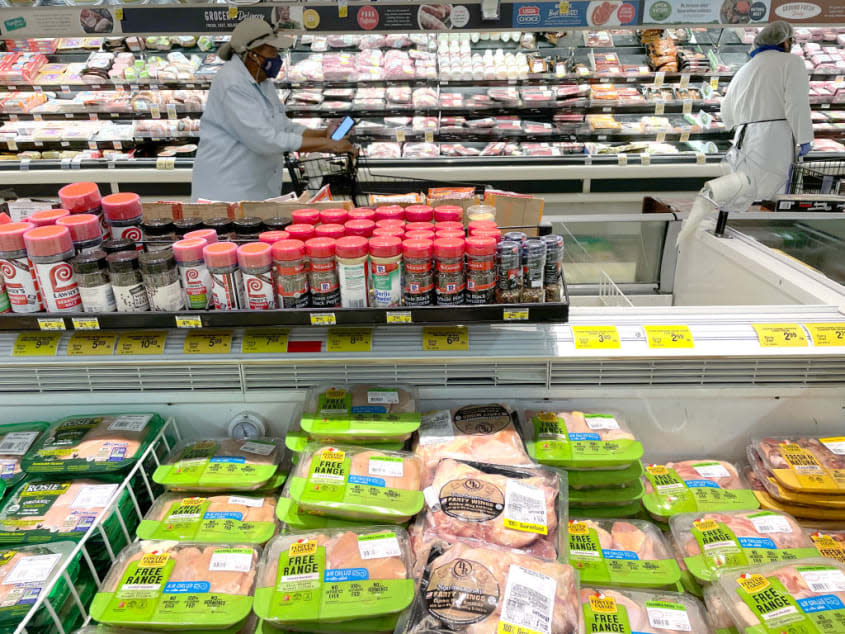Low-income Americans and food banks are struggling to make rising food prices work

As food prices continue to rise (thanks to supply chain knots, labor shortages, and inflation), lower-income Americans — who tend to spend a higher percentage of their earnings on food and housing — as well as food banks and pantries are struggling to keep up, reports The New York Times.
Indianapolis resident Robin Mueller said she used to buy ground beef for her family once or twice a week; now, she can only afford "once or twice a month," writes the Times. "You have to pick and choose," Mueller said.
A once-$13 to $14 case of peanut butter now costs $16 to $19, and green beans that used to go for $9 a case are up to $14 per, added Alexandra McMahon, director of Gleaners Food Bank of Indianapolis. "It has a big impact," explained Gleaners' COO Joseph Slater of the surge.
Among the items going up in price are meat, fruit, dairy products, grains and oils, per the Times. According to the Bureau of Labor Statistics, the price of meat, poultry, fish, and eggs in U.S. cities are up 15 percent since the start of 2020. It's a "slow-motion train wreck" that isn't going away any time soon, cautioned Michael Swanson, chief agricultural economist at Wells Fargo.
Meanwhile, though pandemic-linked demand for some food banks and pantries has let up recently, "things are nowhere near pre-COVID conditions," notes the Times. And an increase in food cost makes those operations even harder. "There are certain items that are outside our reach because of the price," said CEO of the Oregon Food Bank Susannah Morgan.
Warned Swanson: "The scary thing is that food companies haven't passed along all of their costs yet."
You may also like
5 riotously funny cartoons about Steve Bannon's contempt of Congress charge

 Yahoo Movies
Yahoo Movies 
